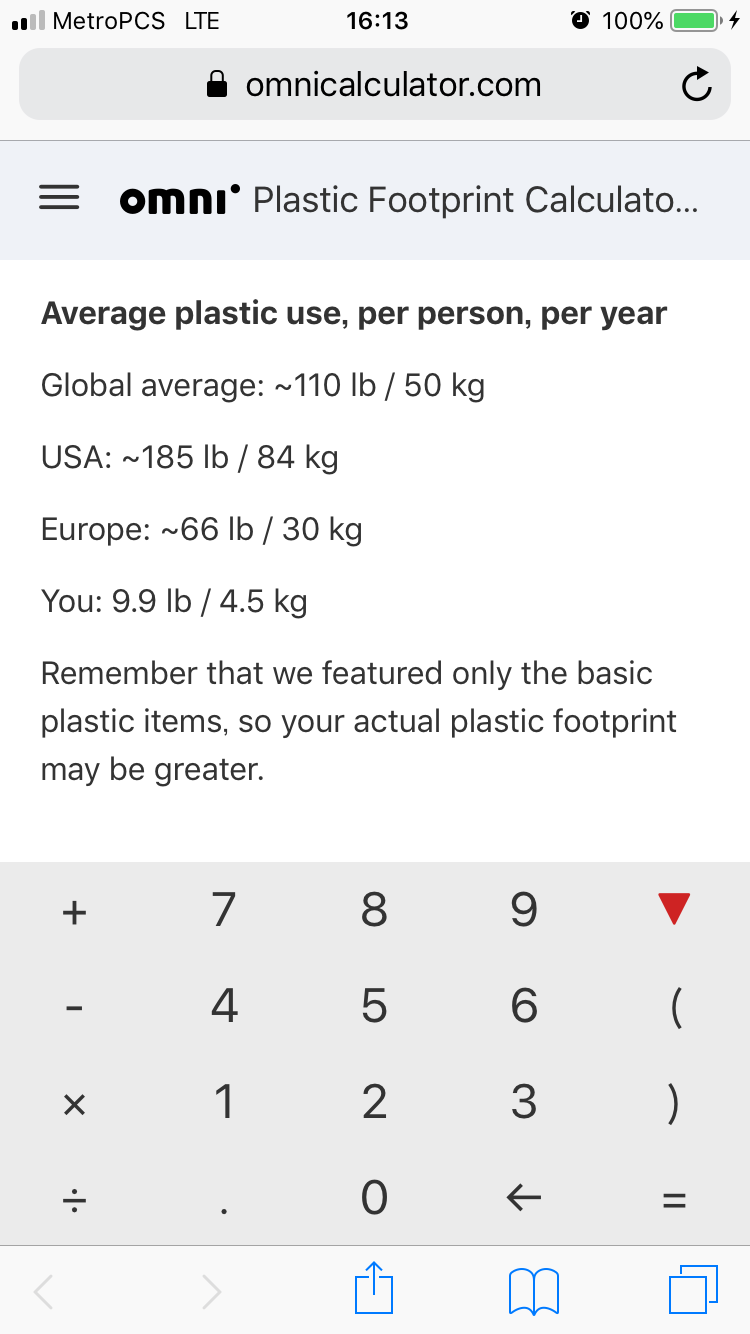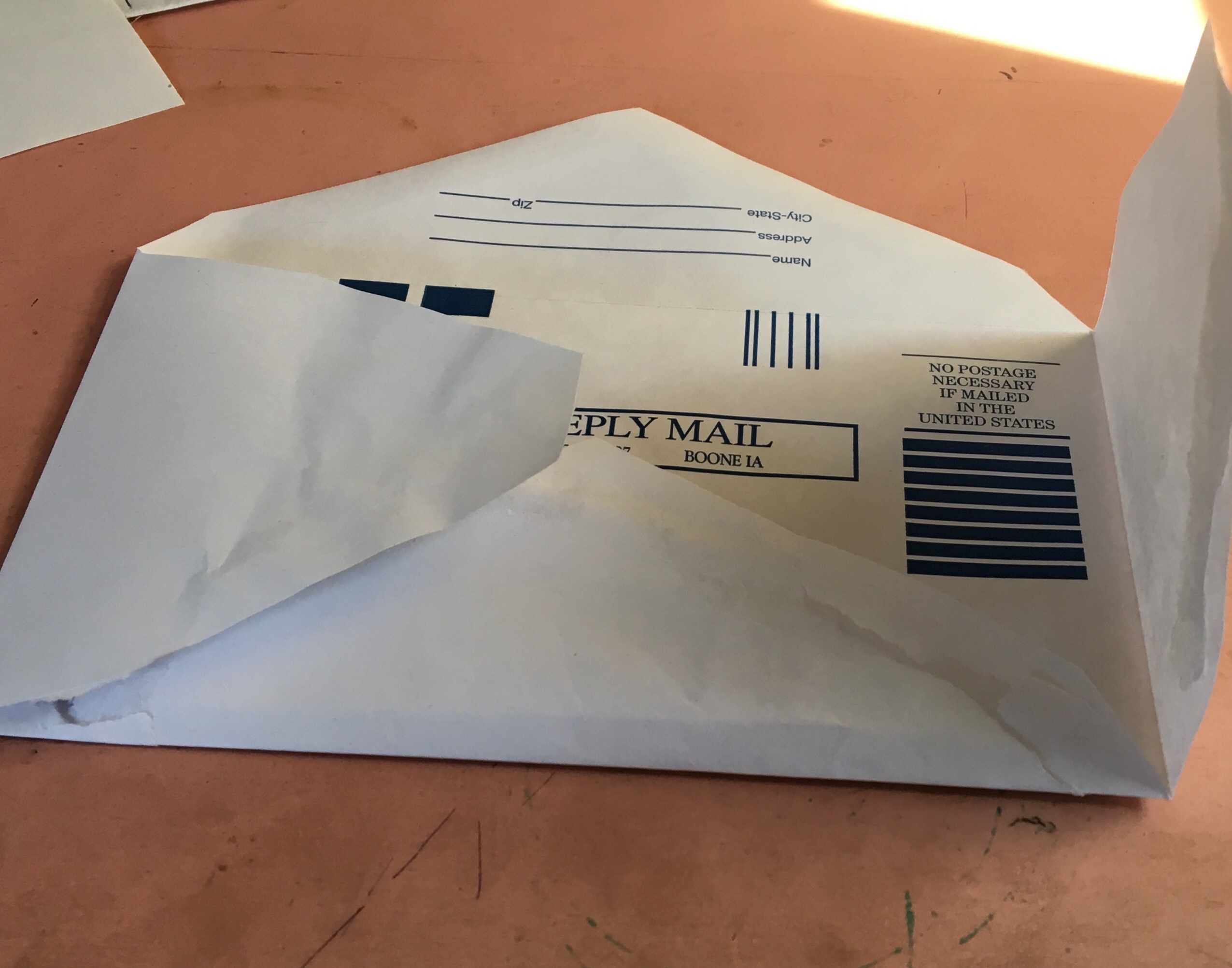For your enjoyment today, I offer this article from Vox.com on why walkable cities are good for people and the economy.
I particularly like this quote from the article: “The most common condition is the poor person who can afford a car but it totally disrupts their finances … The unfortunate circumstance is that most Americans live in places where car ownership is mandatory.” (On this subject, AAA reports that the average cost of owning a car in 2016 was $8,500. And I’ve heard significantly higher figures from other sources.)
I get so mad when I see people of limited financial means getting eaten alive by automobile ownership!
It is challenging but not impossible to retrofit places that have become unwalkable due to the suburbanization and “automobilization” of street planning and development.
Easier, though, if we can get proactive about preserving existing historic streetscapes and town layouts, which were based on walking as the main way for people to get around. Here are some thoughts from Strong Towns on the benefits of walkability. Strong Towns is a powerful grassroots movement for addressing, at the root level, common woes of cities and towns (from fiscal to social).
Another walkability article for you: AARP on the “20-minute village” (a new (old) concept that is gaining popularity). “Although we tend to think of walking to work, shopping, cafés and parks as big city amenities, traveling by foot was the foundation of community life in small towns, suburbs and villages before the dominance of cars, parking lots and malls.”
The article talks about a walkable village that rose out of the ruins of a defunct shopping mall: “Belmar — a wholly new community rising from the ruins of the Villa Italia Mall in suburban Lakewood, Colorado — features a town center complete with stores and eateries of every description as well as an Irish pub, bowling alley, ice skating rink and flourishing street life, all conveniently surrounded by townhomes and apartments.”
And from Citylab, 10 Techniques for Making Cities More Walkable.
And finally, from @JeffSpeckAICP on Twitter:
Small brain: How many cars can we move?
Big brain: How many people can we move?
Galactic brain: Why do we need to move people? Put their daily needs close at hand. #Walkability
That’s all for now! I have some other work to do, and then I’m going to meet a friend for lunch at a place that’s a nice 15-minute walk from my house.
PS. In this blog I explore at leisurely length, and in no particular order, a variety of threads related to sustainable living. If you also want a handy, compact, ordered guide that contains in condensed form the basic principles for designing your own low-footprint lifestyle, get yourself a copy of my book Deep Green! It’s available on Amazon or direct through me.




